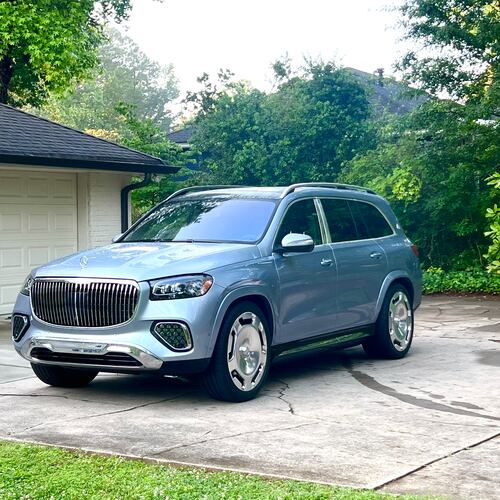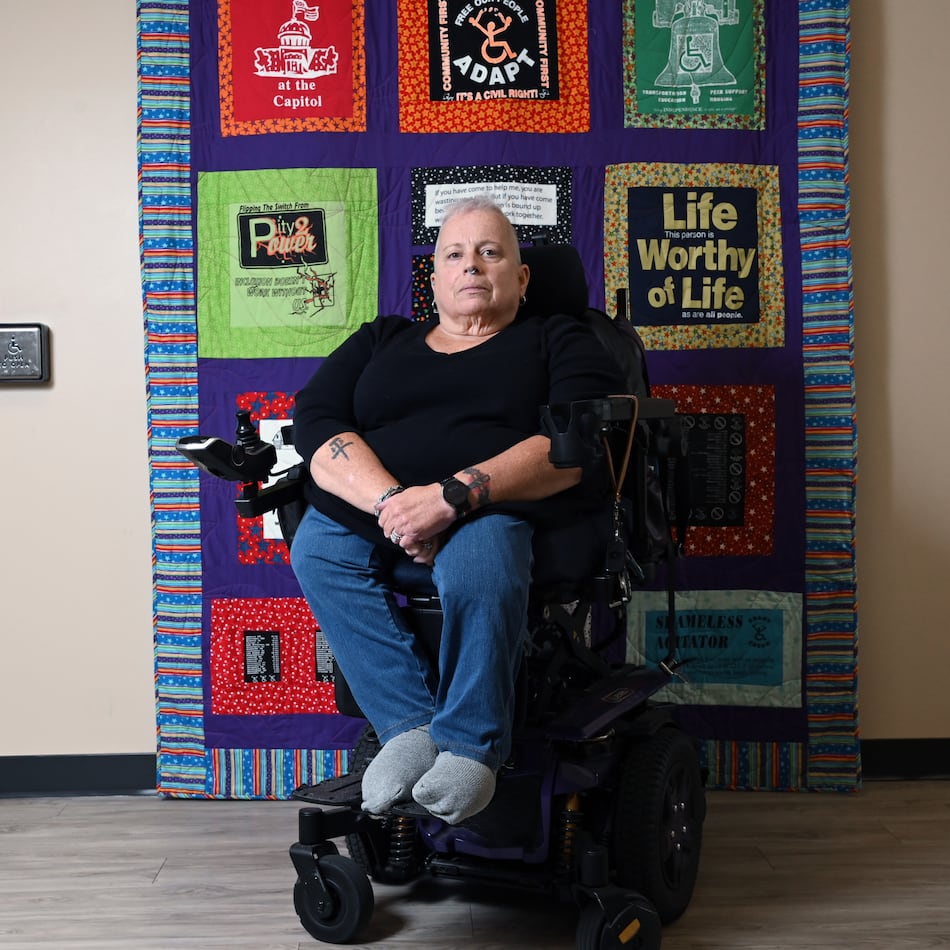The reports of self-checkout’s demise have been greatly exaggerated.
Though some grocery stores have removed the scan-it-and-bag-it-yourself checkout devices, more are being added to stores nationwide. Thursday, Wal-Mart announced it would be adding 10,000 self-checkout devices at 1,200 stores. The company already has self-checkout in 1,800 of its 3,900 stores.
NCR, the Duluth technology company that is selling the devices to Wal-Mart, expects that the large contract will mean other retailers that have been slow to jump on the bandwagon will be inclined to follow.
“It sends a real statement to the market,” said Scott Kingsfield, NCR Retail’s senior vice president and general manager. “Many retailers who were on the fence considering it are going to take a hard look.”
Self-checkout, which has been around in the United States for more than a decade, is taking off globally, Kingsfield said. NCR is seeing continued acceptance, and a number of retailers — in addition to Wal-Mart — are expanding their self-checkout offerings.
Home Depot continues to upgrade the devices, spokesman Stephen Holmes said, and moved to faster software in 2010. It upgrades hardware annually in phases. Kroger is adding more self-checkout devices in its new stores, and customers often prefer to handle their own groceries, spokeswoman Lori Smith said.
Richa Gupta, a bar code analyst with VDC Research Group, said self-checkout allows customers to feel like they’re in full control of their shopping experience. Though Wal-Mart and NCR did not disclose the terms of the deal, self-checkout devices usually cost between $12,000 and $24,000 apiece, she said.
While the roll out is not something that would happen overnight, Gupta said she would not be surprised if Wal-Mart’s increased adoption helps the market for the devices grow more quickly. Wal-Mart spokesman Kory Lundberg said he did not know how many of the additional devices would replace current ones and how many would be an expansion of self-checkout into new locations, but that some of the devices would be replacements.
In 2011, Americans spent $241 billion using self-checkout devices, said Greg Buzek, president of the retail technology analyst firm IHL Group. That number is only expected to rise as more stores add the devices, and shoppers become more comfortable using them.
Self-checkout is beneficial to retailers, Buzek said, because with one person staffing four lanes, the stores are able to turn a profit at a lower total checkout price. Employees who were checking out customers can then make sure that items are on shelves, or that customers are finding what they’re looking for.
Still, Buzek said he did not think the Wal-Mart deal would lead many other retailers to follow suit. After all, self-checkout isn’t new.
“People aren’t looking to emulate their front-end experience,” he said. “They’re trying to emulate Apple.”
About the Author
Keep Reading
The Latest
Featured


